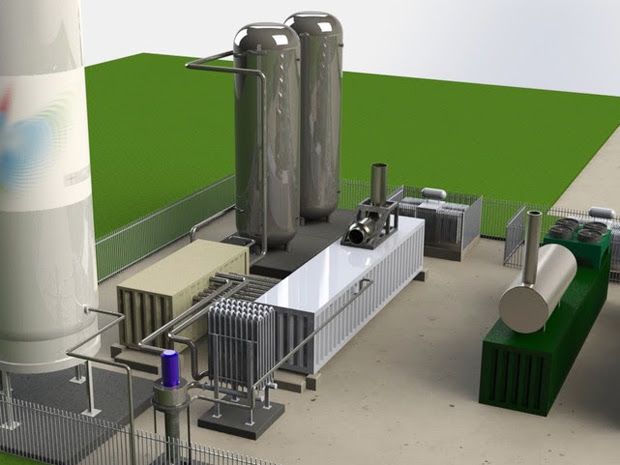


Farm-to-table refers to, in the food safety field, the stages of the production of food: harvesting, storage, processing, packaging, sales, and consumption. Farm-to-table also refers to a movement concerned with producing food locally and delivering that food to local consumers. Linked to the local food movement, the movement is promoted by some in the agriculture, food service, and restaurants communities. It may also be associated with organic farming initiatives, sustainable agriculture, and community-supported.
In the last few years the number of farm-to-table operations has grown rapidly. Recently, some food and agriculture writers have begun to describe a philosophical divide among chefs: the "food-as-art", or, in some cases, "molecular gastronomy” camp have increasingly focused on "food made strange", in which the ingredients are so transformed as to be surprising and even unrecognizable in the final food product. The farm-to-table chefs, on the other hand, have increasingly come to rely upon extremely fresh ingredients that have been barely modified, sometimes presented raw just a few feet from where they grew. Generally, the farm-to-table chefs rely on traditional farmhouse cooking with its emphasis on freshness, seasonality, local availability, and simple preparations.
Do your part and support local farmers! It is not only beneficial to the earth, it is also beneficial for the health of your families.
xo ginny
 Hailing from the small town of Sooke, BC, Carl Heinrich is the 26-year-old executive chef at Marben restaurant in Toronto. Although young, he has been working in kitchens since he was 13 years old and is extremely driven and accomplished for his age. Strong support from family and early mentors encouraged Carl to enter the culinary world. During his time at Stratford Chef School, Carl worked at a restaurant as a chef de partie and completed a summer stage for Daniel Boulud in New York City. After graduating, he took up an offer to return to New York and work at Daniel’s busy bistro in Midtown for nearly four years. Motivated by a desire to move back to Canada and be closer to family, Carl accepted a position at db Bistro Moderne in Vancouver where he worked alongside Top Chef Canada season one winner Dale MacKay. Carls stages over the years include time at Camilles West Coast Fine Dining in Victoria, Marron Bistro in Toronto, Gramercy Tavern and Daniel in New York, Georges Blanc, La Regalade, and Le Comptoir in France and Alain Ducasse Le Louis XV in Monaco. Carl now lives in Toronto, a city and a culinary scene he loves, where he learned the benefits of farm-to-table and nose-to-tail cooking. Inspired by ingredients and driven by French technique, Carl aims to make approachable but refined food. - Food Network
Hailing from the small town of Sooke, BC, Carl Heinrich is the 26-year-old executive chef at Marben restaurant in Toronto. Although young, he has been working in kitchens since he was 13 years old and is extremely driven and accomplished for his age. Strong support from family and early mentors encouraged Carl to enter the culinary world. During his time at Stratford Chef School, Carl worked at a restaurant as a chef de partie and completed a summer stage for Daniel Boulud in New York City. After graduating, he took up an offer to return to New York and work at Daniel’s busy bistro in Midtown for nearly four years. Motivated by a desire to move back to Canada and be closer to family, Carl accepted a position at db Bistro Moderne in Vancouver where he worked alongside Top Chef Canada season one winner Dale MacKay. Carls stages over the years include time at Camilles West Coast Fine Dining in Victoria, Marron Bistro in Toronto, Gramercy Tavern and Daniel in New York, Georges Blanc, La Regalade, and Le Comptoir in France and Alain Ducasse Le Louis XV in Monaco. Carl now lives in Toronto, a city and a culinary scene he loves, where he learned the benefits of farm-to-table and nose-to-tail cooking. Inspired by ingredients and driven by French technique, Carl aims to make approachable but refined food. - Food Network






 how to build wind generator your own turbine diy home ing kits do you think that a turbine could offset your rising power bills this article outlines some ways this device can help you lower costs
how to build wind generator your own turbine diy home ing kits do you think that a turbine could offset your rising power bills this article outlines some ways this device can help you lower costs how to build wind generator do it yourself energy make solar and energy welcome doityourselfenergyorg the worlds 1 resource on make solar and energy for your home nearly every homeowner has felt the wrath of money
how to build wind generator do it yourself energy make solar and energy welcome doityourselfenergyorg the worlds 1 resource on make solar and energy for your home nearly every homeowner has felt the wrath of money
















